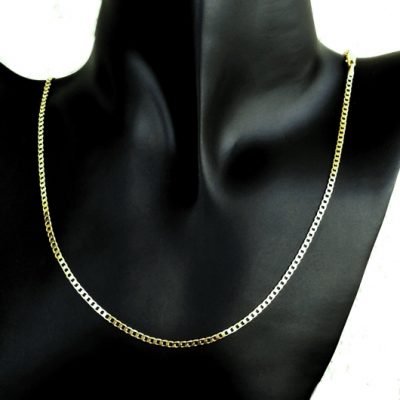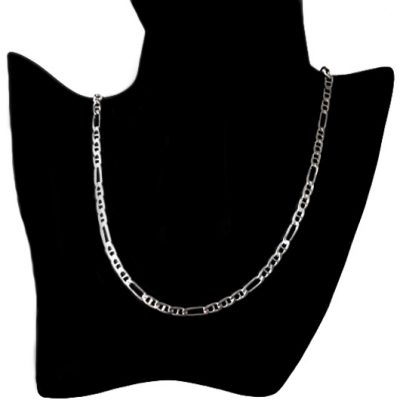International ring size chart.
| Circumference (inches) |
Circ. (mm) |
Diameter (mm) | Australian and British size | USA and Canadian size |
European
size |
||
| 1 10/16 | 41.5 | 13.21 | D | 2 | 41 1/2 | ||
| 1 11/16 | 42.7 | 13.61 | E | 2 1/2 | 42 3/4 | ||
| 1 12/16 | 43.4 | 14.05 | F | 3 | 44 | ||
| 1 25/32 | 45 | 14.45 | G | 3 1/2 | 45 1/4 | ||
| 1 27/32 | 46.5 | 14.86 | H 1/2 | 4 | 46 1/2 | ||
| 1 14/16 | 48 | 15.27 | I 1/2 | 4 1/2 | 47 3/4 | ||
| 1 15/16 | 49 | 15.70 | J 1/2 | 5 | 49 | ||
| 2 | 51 | 16.10 | L | 5 1/2 | 51 3/4 | ||
| 2 1/16 | 52 | 16.51 | M | 6 | 52 3/4 | ||
| 2 2/16 | 53 | 16.92 | N | 6 1/2 | 54 | ||
| 2 3/16 | 55 | 17.35 | O | 7 | 55 1/4 | ||
| 2 4/16 | 56 | 17.75 | P | 7 1/2 | 56 1/2 | ||
| 2 5/16 | 57 | 18.19 | Q | 8 | 57 3/4 | ||
| 2 6/16 | 58 | 18.53 | R | 8 1/2 | 58 | ||
| 2 7/16 | 59 | 18.89 | S | 9 | 59 1/4 | ||
| 2 8/16 | 61 | 19.41 | T | 9 1/2 | 60 1/2 | ||
| 2 9/16 | 62 | 19.84 | U | 10 | 61 3/4 | ||
| 2 10/16 | 63 | 20.20 | V | 10 1/2 | 62 3/4 | ||
| 2 11/16 | 65 | 20.68 | W | 11 | 64 1/4 | ||
| 2 12/16 | 66 | 21.08 | X | 11 1/2 | 66 | ||
| 2 13/16 | 68 | 21.49 | Y | 12 | 67 1/2 | ||
| 2 14/16 | 69 | 21.89 | Z | 12 1/2 | 68 3/4 | ||
| 2 15/16 | 70 | 22.33 | Z + 1 | 13 | 69 | ||
Know when you can resize rings using the International ring size chart.
Many jewellers will happily adjust a ring two sizes in either direction.
However, any extreme adjustments can noticeably impact the look and structure of your jewellery.
Increasing the size of a gold or silver ring generally involves the gentle hammering of the ring around a sizing shaft. This causes the shank of the ring to thin slightly.
Note that in some rings, the end result will not be perfectly round.
If you need to increase a ring more than one full size or to adjust a ring with stones, your jeweller might prefer to make an incision in the ring in order to remove or insert extra metal.
Although this adjustment may leave a visible seam or an invisible weak point, a professional jeweller should be able to position any flaws out of sight.





